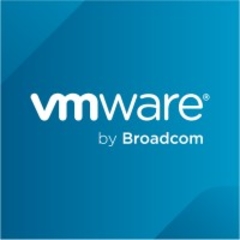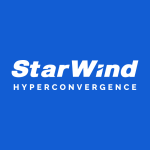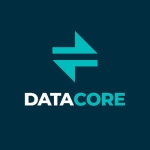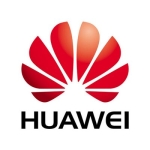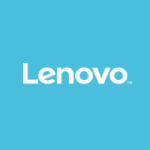What is our primary use case?
We are using it for a redundant, local front-end environment for our WiFi portal. We're also using it for critical backend services, our DCP instances, and our internal monitoring environments. We have instances inside that system right now.
I believe we are using its latest update.
What is most valuable?
The flexibility is most valuable. Being able to manage things quickly if something goes wrong is also valuable. Very recently, we had one node that went down due to a power problem, but there was really no major impact on the systems running on top of it.
It is pretty straightforward. We're able to manage multiple platforms with ease. In terms of the overhead of understanding how the entire platform is being administered, it was fairly quick for our team to get the hang of it.
What needs improvement?
It could have some automation. We haven't involved ourselves in a lot of automation around the vSAN environment capabilities. We're still running it using a very traditional setup. So, there could be some plugins to automate it using third-party environments, such as Jenkins.
We were trying to explore a solution for a hybrid setup, and VMware had proposed something, but we wanted to understand a deeper setup where our existing vSAN and our HCI environment can interact better with our platforms on the cloud in AWS. So, there should be those types of interactions wherein we can better explore cost-saving opportunities from some platforms in the cloud versus the one that we have on-prem.
For how long have I used the solution?
I have been using this solution for more than two years.
What do I think about the stability of the solution?
It has been a pretty stable system so far.
What do I think about the scalability of the solution?
We had a long discussion with our vendor partner about a plan to scale up the system. They gave us several options, but we ended up with the most cost-effective one where we had to trim down some of the node requirements that we were planning to buy initially.
How are customer service and support?
We had an experience with them recently, and the correspondence with the technical support from VMware was fairly quick. It was aligned with the expected SLA. There were no major issues with the support people who assisted us during that time.
How was the initial setup?
It was fairly straightforward. We were surprised at how fast it was implemented. The entire implementation took about two weeks. After that, it was turned over to us, and then we planned on the migration of the platforms from our old converged environment into this new environment.
In terms of the maintenance, apart from the normal operational maintenance that we're doing, we always ensure that there is a back-to-back maintenance agreement with VMware and the vendor partner who sold us the solution. So far, there has been very low admin maintenance on the platform. There have been no major issues except the last one where one node got affected by a power problem in the data center. That's just about it.
What about the implementation team?
We worked with a vendor partner for its implementation. Right now, in our team, we have around five admins who work with this solution.
What's my experience with pricing, setup cost, and licensing?
Cost-wise, the Nutanix licenses were cheaper, but in terms of the hardware, there was some contention around it. So, in terms of implementation, the way Nutanix was projecting the implementation on their end was that there were a lot of open-source admin platforms. vSAN is a licensed product in VMware, and Nutanix was proposing a KVM solution, which is open source. That's why their pricing was a bit cheaper, but when we were trying to compare it with an enterprise version of their management platform, it boiled down to the VMware vSAN being most effective in the long run.
Which other solutions did I evaluate?
When we were exploring an HCI solution, we zoned in on the VMware vSAN, HPE solution, and Nutanix solution.
What other advice do I have?
I would recommend this solution to others. It is easy to implement, scale, and maintain. The operational work required to maintain the platform is not that difficult.
I would rate this solution an eight out of ten.
Which deployment model are you using for this solution?
On-premises
Disclosure: My company does not have a business relationship with this vendor other than being a customer.

